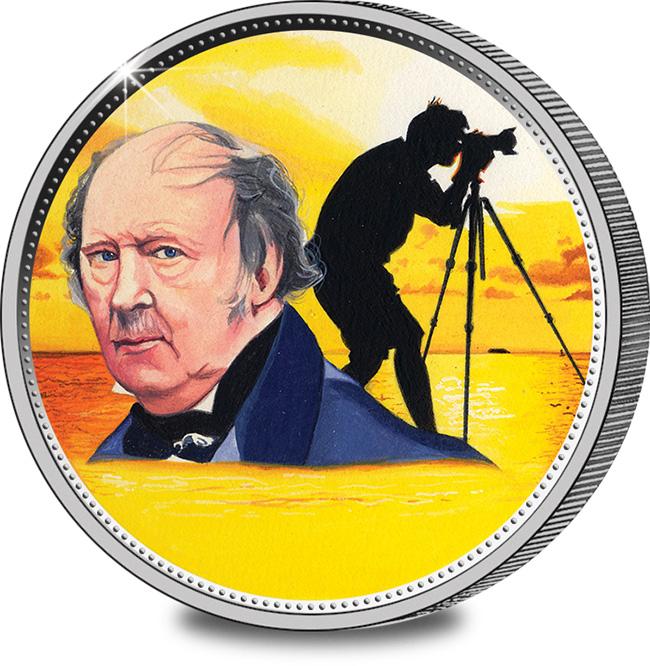
 |
Full name: William Henry Fox Talbot
Born: 11th February 1800
Invention/Achievement: Photography
Date of introduction/Achievement: The Calotype
Process patented 1841
Died: 17th September 1877
|
William Henry Fox Talbot was one of those high achieving
Victorians who applied their considerable talents in several
different fields. He was an inventor, a Member of Parliament
at age 32, an eminent mathematician, astronomer and archaeologist -
he worked on the translation of cuneiform inscriptions found at
Nineveh.
And yet it was a lack of talent that led him to his most lasting
and significant contribution to society. In 1832 he had
married Constance Mundy and in 1833 they visited Lake Como in
Italy. Fox Talbot tried sketching the scenery with the aid of
a camera lucida, which projected images which could then be traced.
However, he was simply not very good at drawing. As he
said: "I found that the faithless pencil had only left traces on
the paper melancholy to behold." He pondered a way of
capturing the image without having to trace it.
Back home he experimented with sensitized paper, leaving a leaf
on the paper in the sun which left an image of the leaf on the
paper. He extended his researches to developing images inside
a box, but the results were transient so for a while he pursued his
other interests.
After hearing in 1839 of the Frenchman Daguerre who recorded
precise images on metal plates, Fox Talbot resumed his work and
presented a paper to the Royal Society in early 1839, concerning
what he called "the art of photogenic drawing". It was still
best suited to recording flat objects - leaves, lace, shadows etc),
so Fox Talbot set about creating a rapid, permanent record through
images on sensitized paper.
On 23rd September 1840 he discovered that an exposure
of just a few seconds left a latent image on chemically treated
paper could be brought out by means of a solution of gallic acid.
In 1841 Fox Talbot patented this as the "Calotype" process,
opening a whole new world of photographic potential.
The use of hyposulfite of soda helped "fix" the images produced
and make them more permanent. In less than a decade Fox
Talbot had researched and developed the optical and chemical
elements that formed the basis of photography until the
introduction of digital image recording.
For the last 25 years of his life Fox Talbot turn his talents to
the perfection of a photoglyphic printing process, which was an
early version of the widely used photogravure technique.